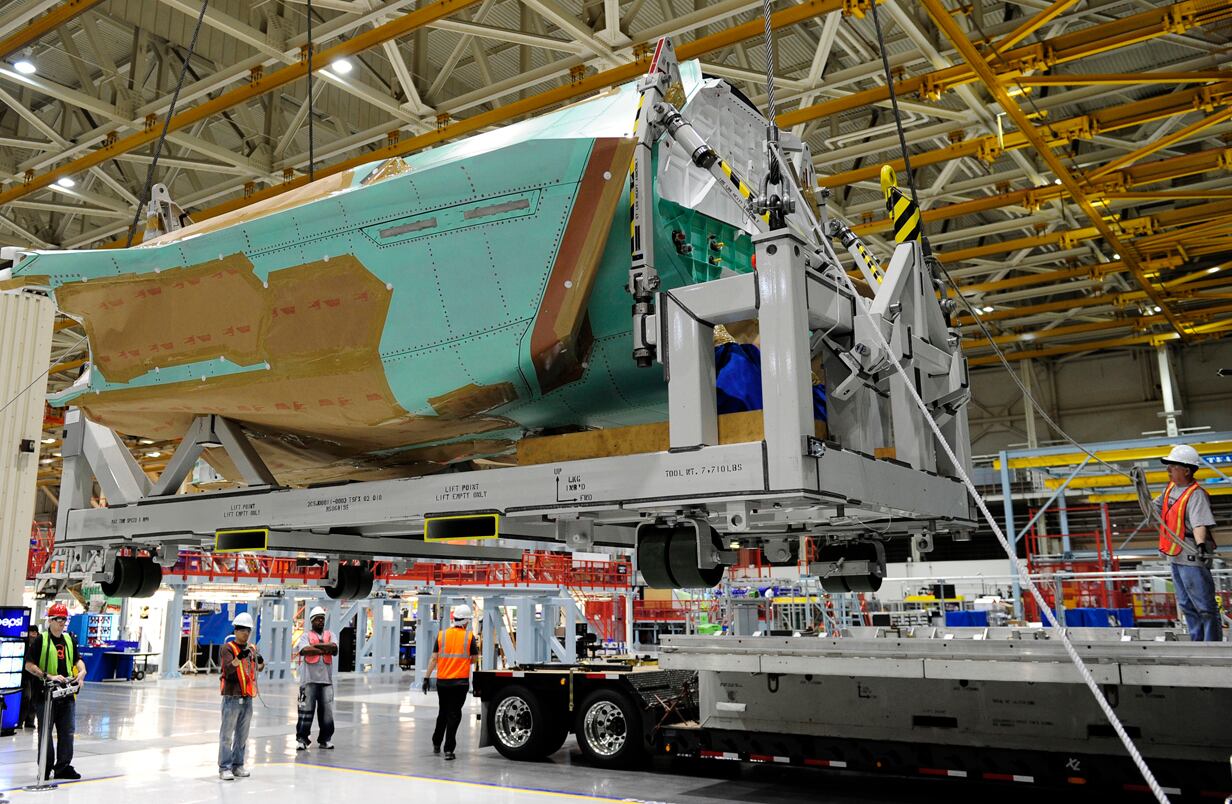WASHINGTON — The nominee for the Air Force’s next head of acquisition has set his sights on lowering sustainment costs for the service’s biggest procurement priority: the F-35 joint strike fighter.
Speaking to lawmakers during his Thursday confirmation hearing, Will Roper, currently the head of the Strategic Capabilities Office, said he intends to embark on a F-35 deep dive that will focus on how emerging technologies can help decrease sustainment costs over the life of the program.
“I am deeply concerned about the sustainment issues of the F-35. If I get confirmed, one of the first things I want to look at is the sustainment plan to make sure that there are not optimistic assumptions for this confluence of events that all happen together to get the price down,” he told the Senate Armed Services Committee.
RELATED

With more than five years under his belt as director of SCO — a rapid prototyping team revered by defense wonks for reinventing off-the-shelf items for emerging requirements — Roper is likely to sail through the nomination process.
But although lawmakers in Congress love pointing to cheap, successful experimentation and prototyping efforts like those led by SCO, Roper said he is worried that not enough emphasis is being placed on sustainment.
RELATED

The Air Force alone plans to buy 1,763 F-35As over the program of record. Progress is being made on the production side as the line ramps up, with a decrease in cost of 7.3 percent for the A-model from lots 9 to 10, Roper said.
However, if sustainment costs are not managed, the Air Force could up with a “bow wave” that results in the service having to choose among force structure, block upgrades for its current F-35s or buying more joint strike fighters to expand its inventory, he added.
With just over 250 joint strike fighters absorbed into the fleet already, the Defense Department is already experiencing a number of problems sustaining the aircraft. In an October report, the Government Accountability Office laid out numerous challenges, including long maintenance times for parts, a spare parts shortage and delayed updates to the F-35’s logistics system.
After the report was released, the F-35 joint program office stated that although it was factually accurate based on the data gathered at the time, it “does not fully account for the critical work the F-35 sustainment team has led over the past several months to accelerate depot capability and capacity, implement solutions to increase spare parts and reduce overall sustainment costs.”
No matter the amount of chatter surrounding the F-35 maintenance issues, getting Congress to care about sustainment isn’t easy.
RELATED

Roper got chuckles from lawmakers when he said that sustainment and maintenance are not the “sexiest thing to talk about in the world of technology,” and are the “ugly sister” compared to technologies meant to greatly enhance the performance of a platform, like stealth or supersonic speed.
“I’m not certain from my current job that sustainment is getting the same R&D effort that new capabilities, performance capabilities [get],” he said.
“If confirmed, I plan to look to see, are there any industry technologies, any industry practices that we can start experimenting with and applying now to make us feel more confident that the cost as predicted is the cost that will actually be [achieved]?”
Last year, Shay Assad, the Pentagon’s director of defense pricing, kicked off his own F-35 deep dive aimed at wringing cost out of the supply chain to find the “true” price of the joint strike fighter. It’s unclear how much Assad’s review would overlap with Roper’s, and if there would be any collaboration between the two efforts.
Valerie Insinna is Defense News' air warfare reporter. She previously worked the Navy/congressional beats for Defense Daily, which followed almost three years as a staff writer for National Defense Magazine. Prior to that, she worked as an editorial assistant for the Tokyo Shimbun’s Washington bureau.







